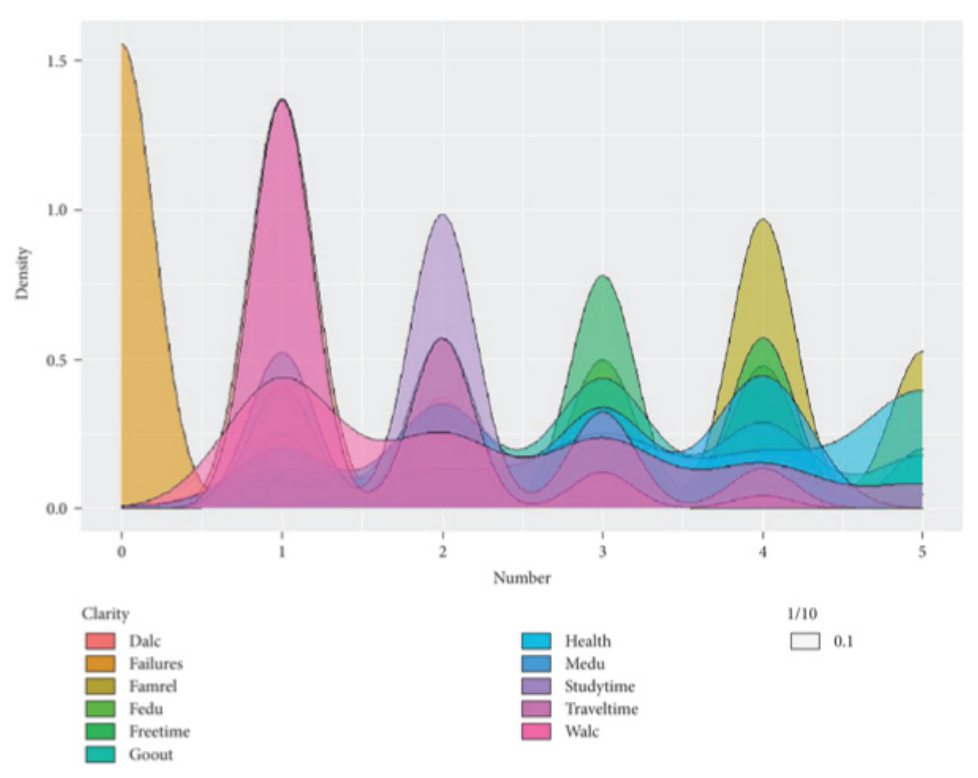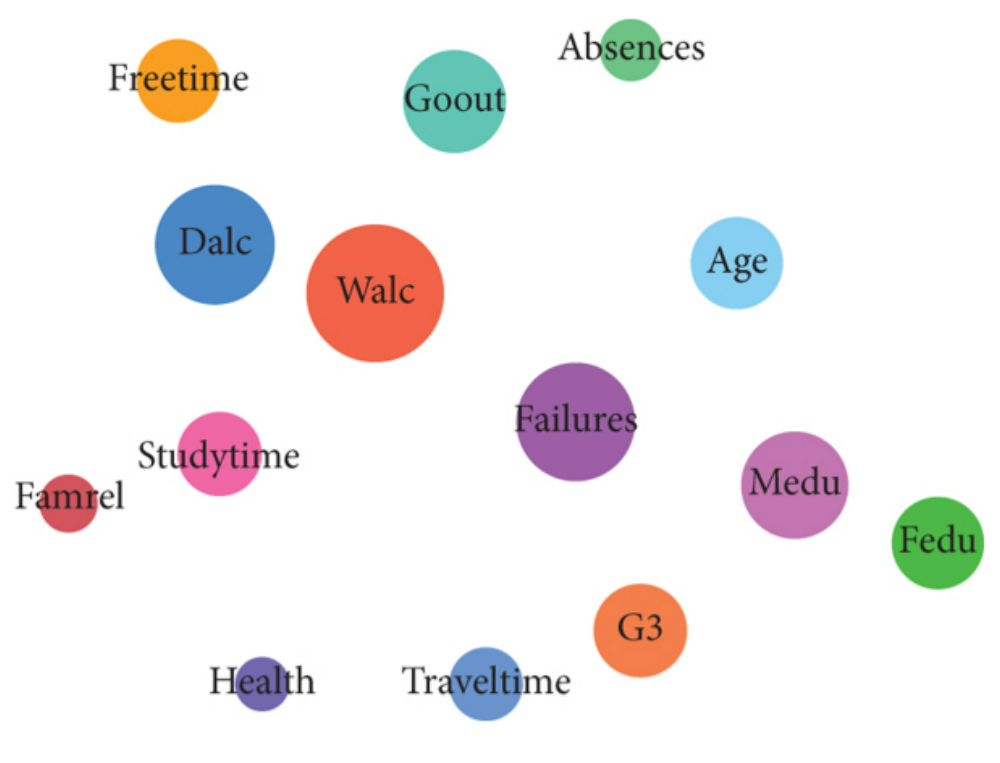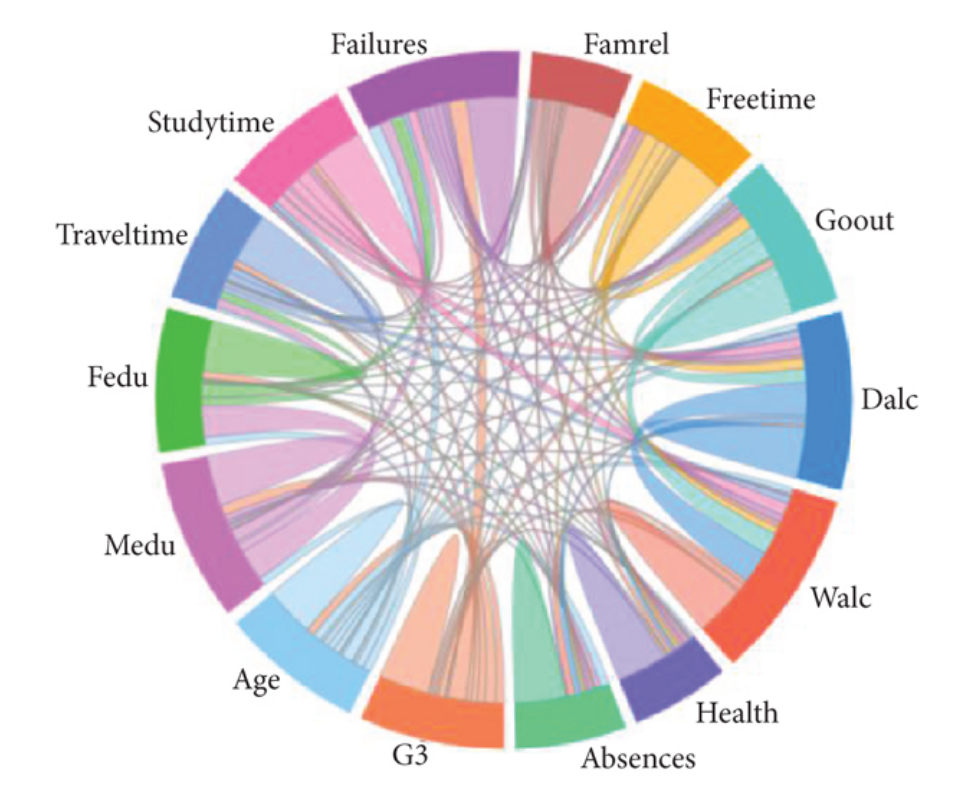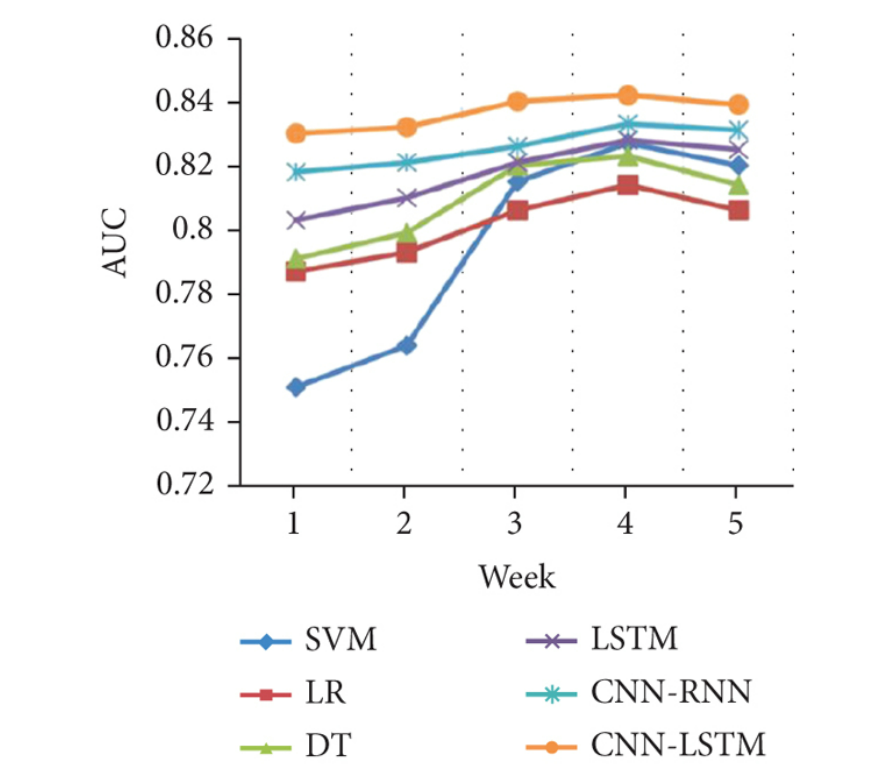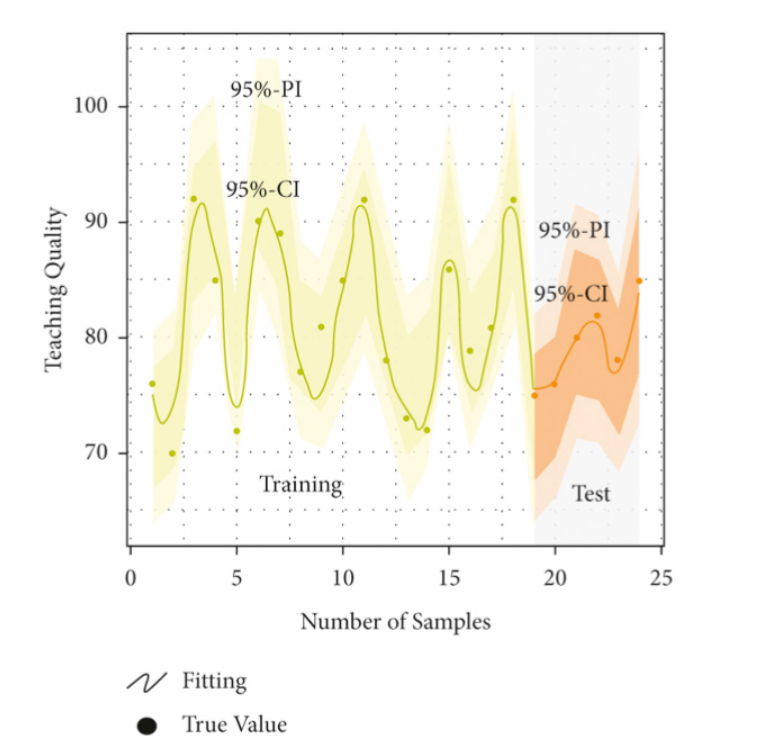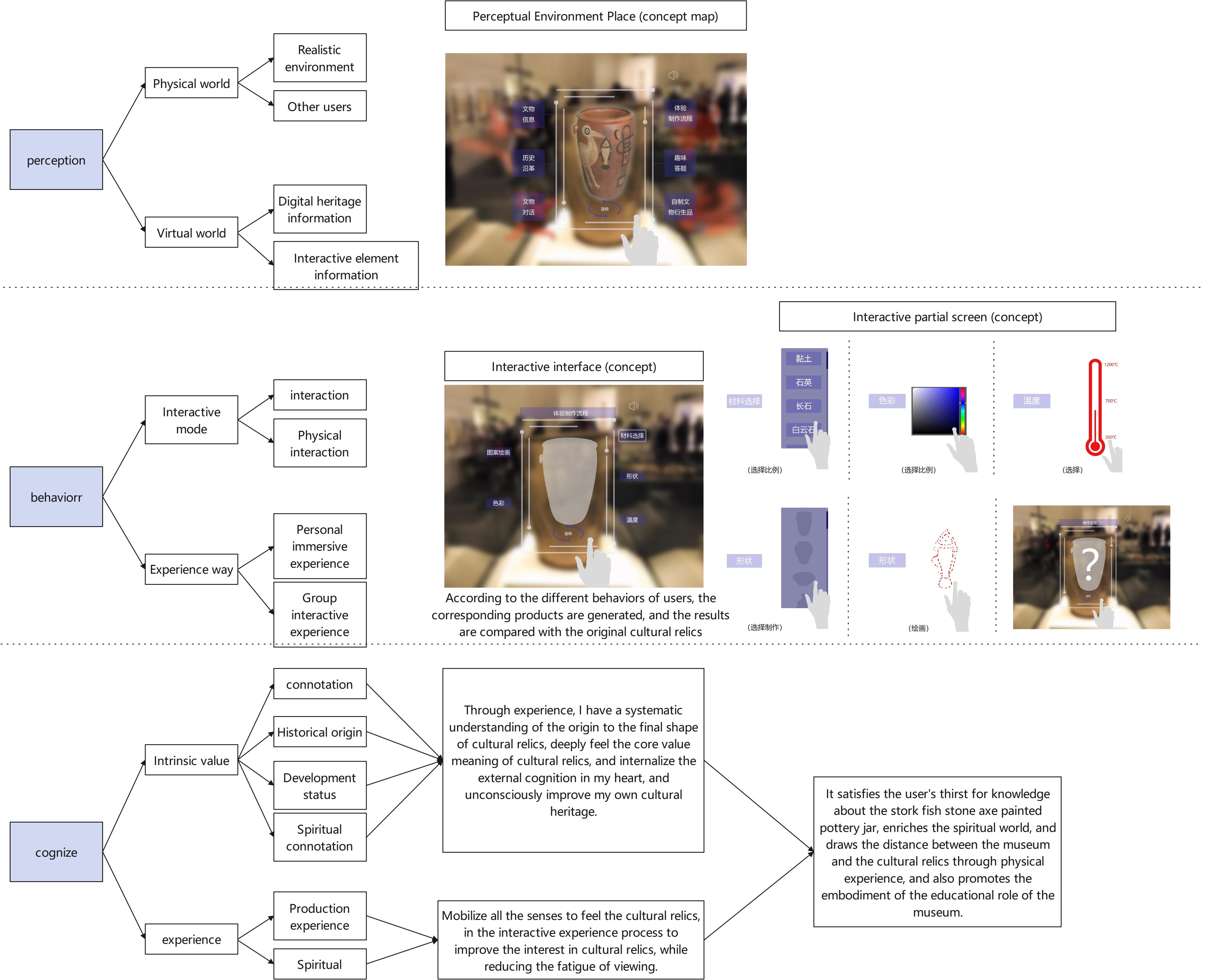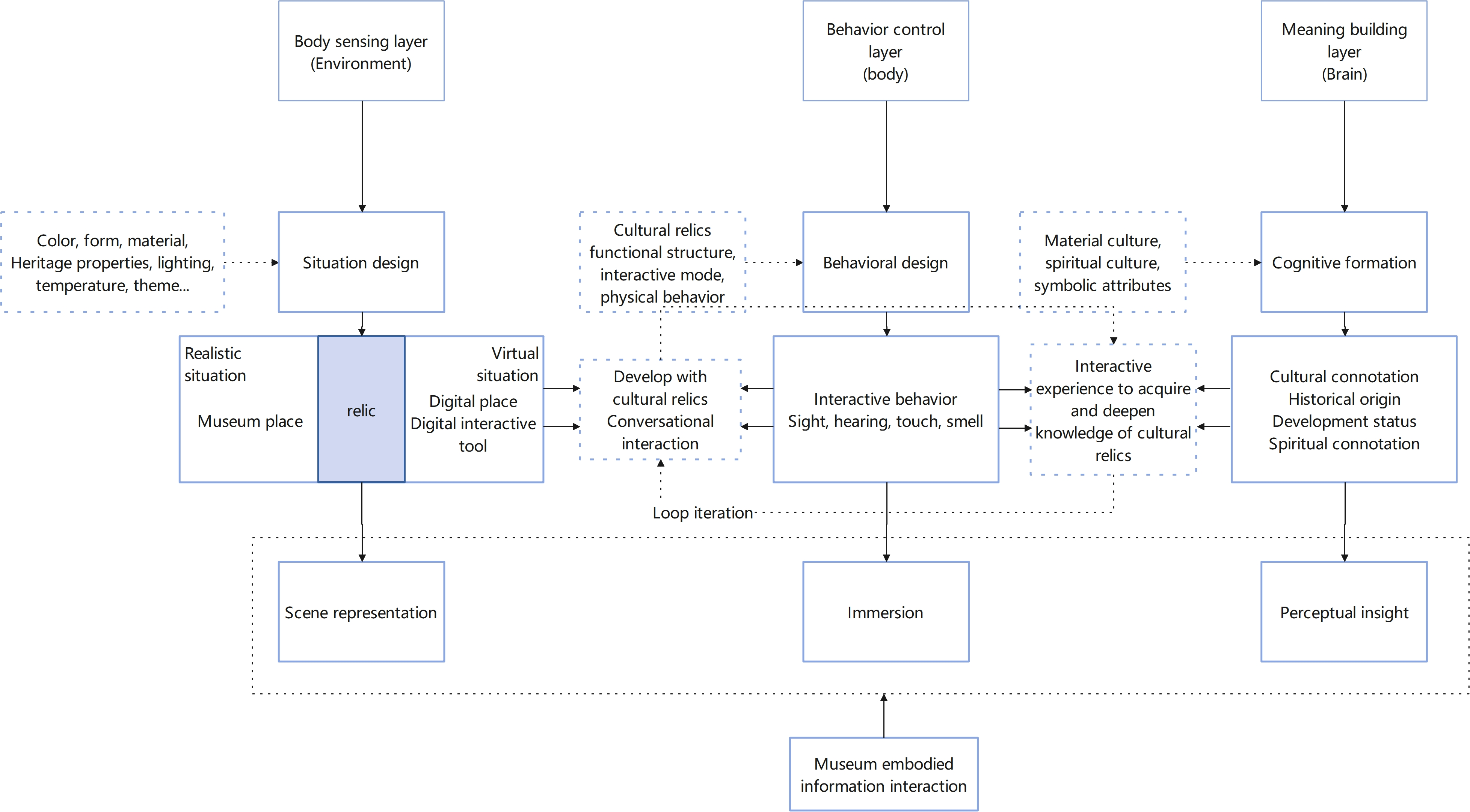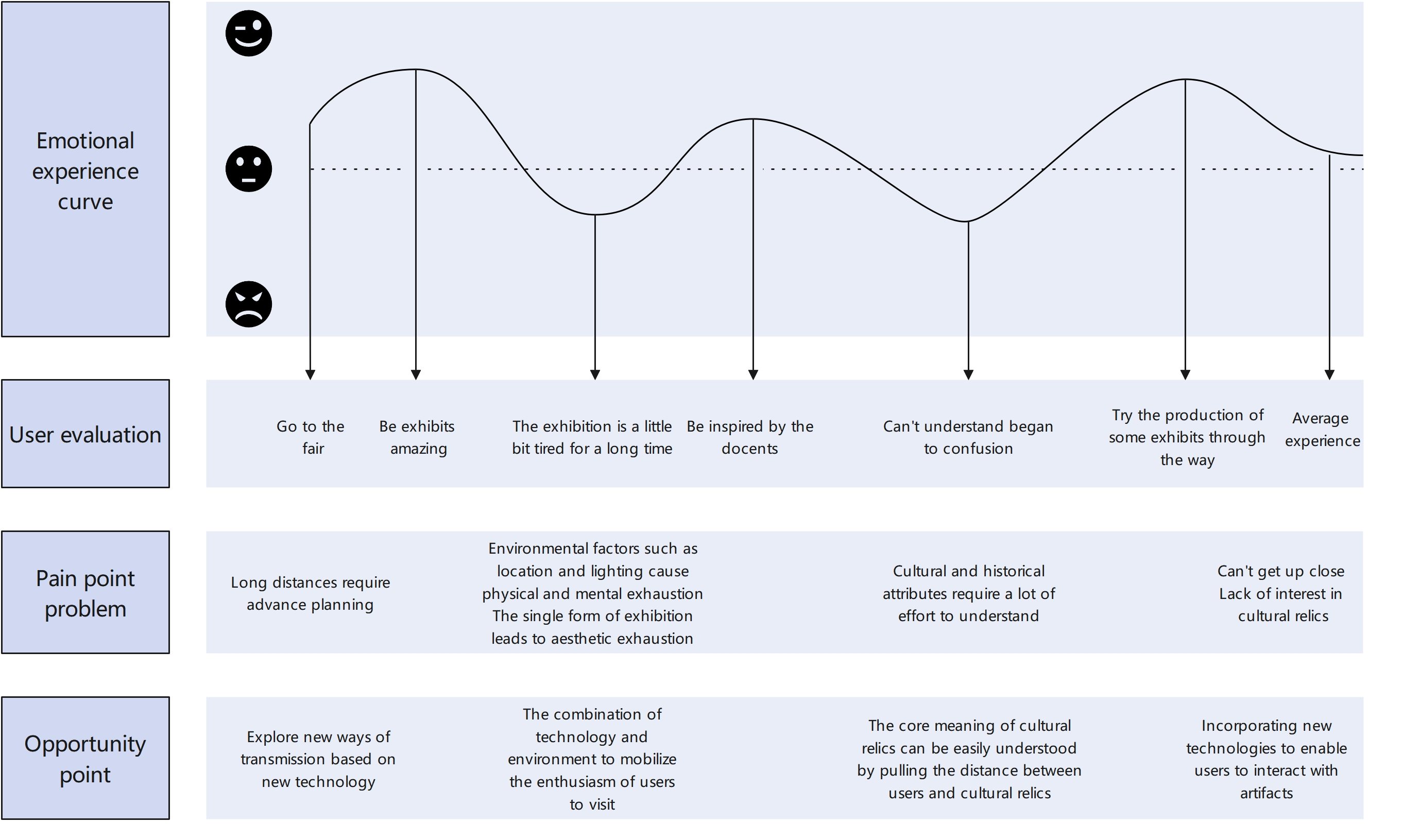 An open access journal
An open access journal
Research on interactive product design of museum information based on embodied cognition
Abstract
Objective To explore the design method of museum information interactive products under embodied cognition, so as to improve the problem of users' decreased interest in traditional culture caused by their inability to feel the charm of cultural relics when visiting museums. Methods A new concept "information interactivity" was proposed based on information visualization from the perspective of embodied cognition, and the existing pain points of museum communication mode and user journey map were analyzed on this basis. At the same time, the factor relationship of information interactivity products under embodied cognition was constructed, and the relationship between "environment, body and brain" under multi-sensory interaction environment was analyzed. And the difference between user cognition and experience. Results The design practice was carried out by taking the stork fish stone ax painted pottery jar in Yangshao culture as a case. Through constructing environment and guiding user behavior, users were stimulated to have a deep cognition of information objects in the process of interaction with information, and the feasibility of information interaction under embodied cognition was explored. Conclusion Based on the embodied cognition theory, a product design method for museum information interactivity is proposed. Through reproducing cultural environment, immersive multi-sensory interaction and weaving cultural cognition, users can improve their sense of cultural identity and experience, which provides a new method for the development of museums.
Show Figures
Share and Cite
Article Metrics
References
- Smith, L., & Campbell, G. (2015). Digital Technologies and the Museum Experience. Museum Management and Curatorship, 30(5), 421-439.
- Chang, E., Morreale, P., & Medicherla, P. (2014). The interactive museum experience: Insights from museums Victoria. Digital Applications in Archaeology and Cultural Heritage, 1(1), 14-26.
- Wilson, M. (2002). Six views of embodied cognition. Psychonomic Bulletin & Review, 9(4), 625-636.
- Anderson, M. L. (2003). Embodied cognition: A field guide. Artificial Intelligence, 149(1), 91-130.
- Lehn, D. V., Heath, C., & Hindmarsh, J. (2001). Exhibiting interaction: Conduct and collaboration in museums and galleries. Symbolic Interaction, 24(2), 189-216.
- Marshall, P., Hornecker, E., & Morris, R. (2008). The role of physicality in interaction design. In Proceedings of the 2008 ACM conference on Computer supported cooperative work (pp. 169-178).
- Azuma, R. T. (1997). A survey of augmented reality. Presence: Teleoperators & Virtual Environments, 6(4), 355-385.
- Milgram, P., & Kishino, F. (1994). A taxonomy of mixed reality visual displays. IEICE TRANSACTIONS on Information and Systems, 77(12), 1321-1329.
- FitzGerald, E., Taylor, C., & Craven, M. (2018). Embodied learning through movement and immersion: A conceptual model. International Journal of Mobile and Blended Learning (IJMBL), 10(2), 42-56.
- Dourish, P. (2001). Where the action is: The foundations of embodied interaction. MIT press.
- Ye H S. Embodied Cognition: A New approach to Cognitive Psychology [J]. Advances in Psychological Science,2010,18(05):705-710. (in Chinese)
- Luo Zhehui, Chen Caixia. Research on Sports intangible cultural Heritage interactive product design based on Embodied Cognition Theory [J]. Packaging Engineering,2023,44(14):347-353.(in Chinese)
- Kang Jing, ZHENG Xia. Embodied Design Ideas and implementation Strategies for Learning experience of Popular Science Exhibition [J]. Southeast Culture,2023,(04):164-171.(in Chinese)
- Kong Cuiting, Pan Husheng, Zhang Lie. Research on museum somatosensory interaction design from the perspective of Embodied Cognition [J]. Decoration,2020,(03):90-93.(in Chinese)
- Du Hemin, Jiang Junjie. Information visualization design under Cognitive thinking and visual thinking [J]. Packaging Engineering,202,43(08):217-224. (in Chinese)
- M. Wilson,[J]. Psychonomic Bulletin & Review. 2002.9(4): 625-636.(in Chinese)
- Guo Yizhang, Yang Siyu. From Body to Behavior: Body narrative art in Museum exhibition space [J]. Forum on Literature and Art,2023,(04):115-118.(in Chinese)
- Zhang Yunpeng, Sheng Xinyi. Elements and Methods of behavior-based Virtual reality game interaction Design from the Embodied Perspective [J]. Design, 2019,36(13):129-131.(in Chinese)
- Yang Fang, Wang Xiaohui. Interactive Design in Immersive Cultural Experience: Core Mechanism and realization Path [J]. Books and Information,2022,(03):55-62.(in Chinese)
- Han Mei, Tang Yunqi, Yao Xinlu et al. Research on the mechanism of deep learning based on fine-grained emotion in Embodied cognitive perspective [J]. Journal of Distance Education,2023,41(05):93-103.(in Chinese)
- Zhao Ruibin, Fan Wenxiang, Yang Xianmin et al. Construction and Learning activity design of Embodied Mixed Reality Learning Environment (EMRLE) [J]. Journal of Distance Education, 2019,38(05):44-51.(in Chinese)
- Wu Nani. Research on Interactive Art Design of Immersive Virtual Reality [D]. Central Academy of Fine Arts,2019.(in Chinese)
- Su Xin, Tang Shukun. On the special role of the body in the use of VR technology [J]. Science and Society,20,10(04):60-74.(in Chinese)
- Maurice Merleau-Ponty, Phenomenology of Perception [M], Jiang Zhihui, trans. Beijing: The Commercial Press, 2002:151-158.(in Chinese)
- Liu Yi, Xie Chenmu, LI Yongjun. The Body cognitive Turn of Interaction Design under the visual threshold of Embodied cognition [J]. Acta Fine Arts,2023,(03):130-133.(in Chinese)
- C.Barriault. The Science Centre Learning Experience: A Visitor-Based Framework. The Informal Learning Re-view, 1999, 35(1): 14-16.

